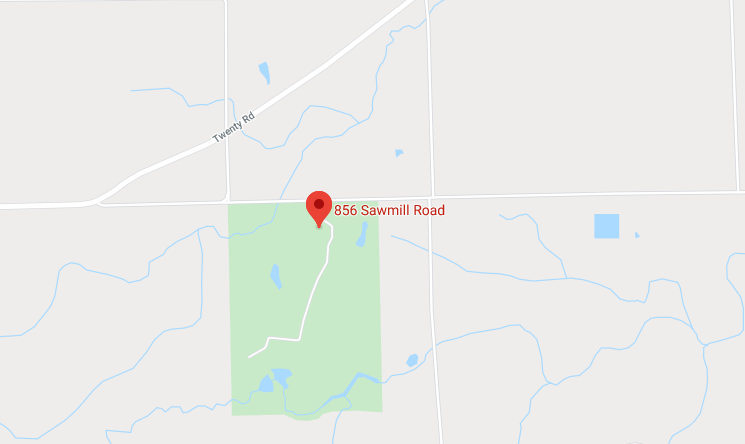At Sawmill, protecting and enhancing the environment is a serious concern. In 2002 we became a fully certified member of the Audubon Cooperative Sanctuary System of Canada (ACSSC). We were just the 27th golf course in Canada to receive this prestigious designation and the first in the Niagara area.
The mission of the ACSSC is to enhance and protect wildlife and their habitats and conserve natural resources through education, stewardship action, and conservation assistance. Programs for golf courses, schools, businesses, and backyards are designed to provide assistance tailored to the unique needs, opportunities, concerns, and constraints of each property.
The certification program for golf courses is designed to recognize and support golf courses that have worked to ensure a high degree of environmental quality for both people and wildlife. To become full certified, golf courses must properly plan, implement, and document their efforts in six categories: Environmental Planning, Outreach and Education, Wildlife and Habitat Management, Water Conservation, Integrated Pest management (IPM), and Water Quality Management. When certification is complete in all six categories, the course is designated as an Audubon Cooperative Sanctuary.

Here are just a few of the many projects taking place at 'Niagara's Golfing Sanctuary':
Long Grass Areas
By allowing areas to grow naturally with native grasses we provide a food source, protection and a nesting habitat for a wide range of wildlife. Long grass areas eliminate the need for mowing spraying or fertilizing, while creating aesthetic value.
Wildlife Habitats
We have attempted to create more habitats for wildlife around the course. Brush piles for rabbits, mice and birds; fallen logs for insects; stone piles for chipmunks; and dead trees for birds and tree dwellers.
Buffer Zones
Along the creaks and ponds we have created buffer zones to prevent runoff and erosion, and to provide wildlife habitat. These buffer zones include long grasses, shrub and black willows, sedges, cattail, arrowhead, irises, asters and goldenrod. In addition, the buffer zones are instrumental in maintaining proper water quality. Our goal is to have the water leave our property healthier than when it arrived.

Perennial Gardens
Around the course we have planted many gardens that are filled with drought-tolerant perennials and grasses. Many of these plants are native species which are ideal food sources for butterflies, bees, and hummingbirds. We use wood chips as the mulch layer to reduce maintenance and watering.
Nest Boxes
We have placed many nest boxes around the course to provide nesting sites for birds. Common sightings include purple martin, chickadees, swallows, wren, and bluebirds. Bat boxes are place in wooded areas to attract bats, which help to reduce insect populations. In winter, we provide native seed for birds in the feeders.
Integrated Pest Management
Sawmill strives to minimize chemical use and maintain healthy turfgrass with our IPM program. We spray on a curative basis and at low application rates where chemicals can be absorbed quickly into the grass. We’ve established no-spray zones around our water features to prevent runoff directly to the aquatic habitat.




 Family Owned and Operated Since 1976
Family Owned and Operated Since 1976
Get Social